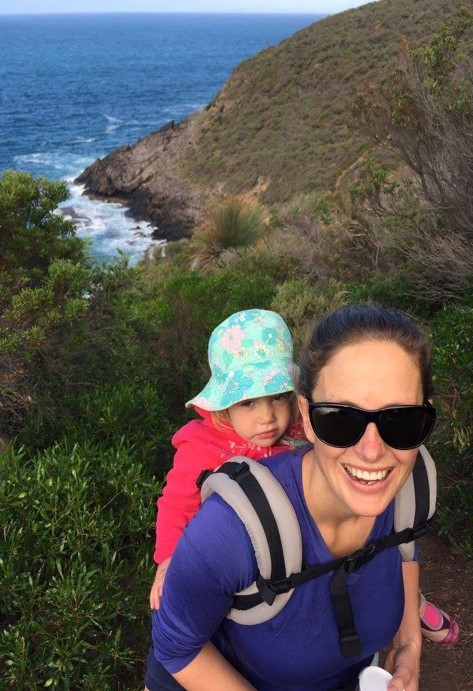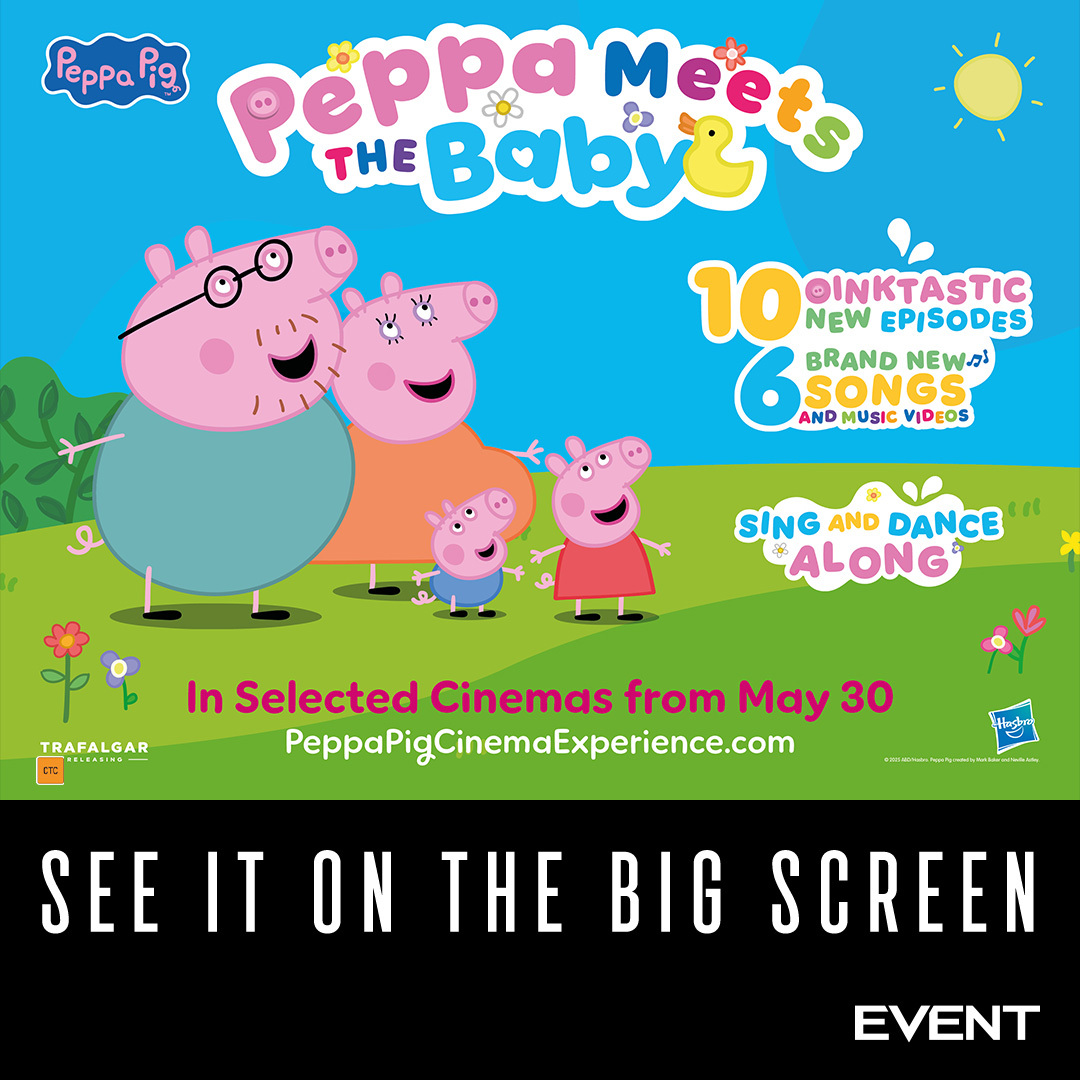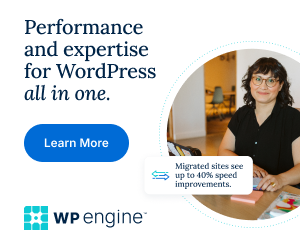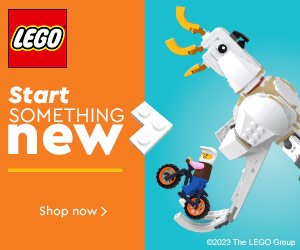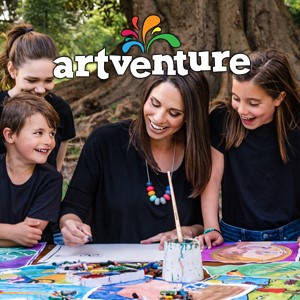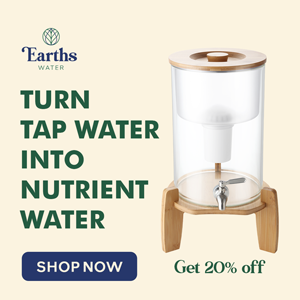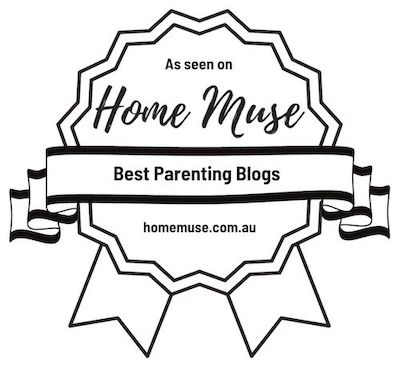Did you know its predicted that by 2050 there will be more plastic in our oceans than fish?
Or that it takes 250ml of oil and 3L of water to make a 250ml bottle of water?
These are just a few scary facts about plastic rubbish that I recently learnt.
I’ll admit it. I’m guilty of not putting enough thought into where my waste goes and how I can be more environmentally conscious. However, it’s something that I am very keen to improve upon, particularly as I would love to be able to make the world a better, cleaner, more thoughtful place for my kids in the future. But where to start?? Well, after getting some excellent tips from Emma, I found out it can be really easy to make a change right away! Here are some tips from Emma…. a step-by-step guide…
Step 1:
Do a quick inventory of your waste. You can go full on with this and sort through it to work out where you could do better OR you can have a quick look and see if you can identify some areas you could improve on.
Step 2:
Once you have a rough idea of the amount of plastic you’re throwing away, work out how much you want to take on. Decide your limits! It’s important not to set yourself up to fail at this point. Be realistic. Try something easy, such as avoiding ‘the big 4’ takeaway plastic items (plastic bags, coffee cups, plastic straws and bottled water). Or try something more challenging, such as avoiding as much single-use plastic and plastic packaging as possible.
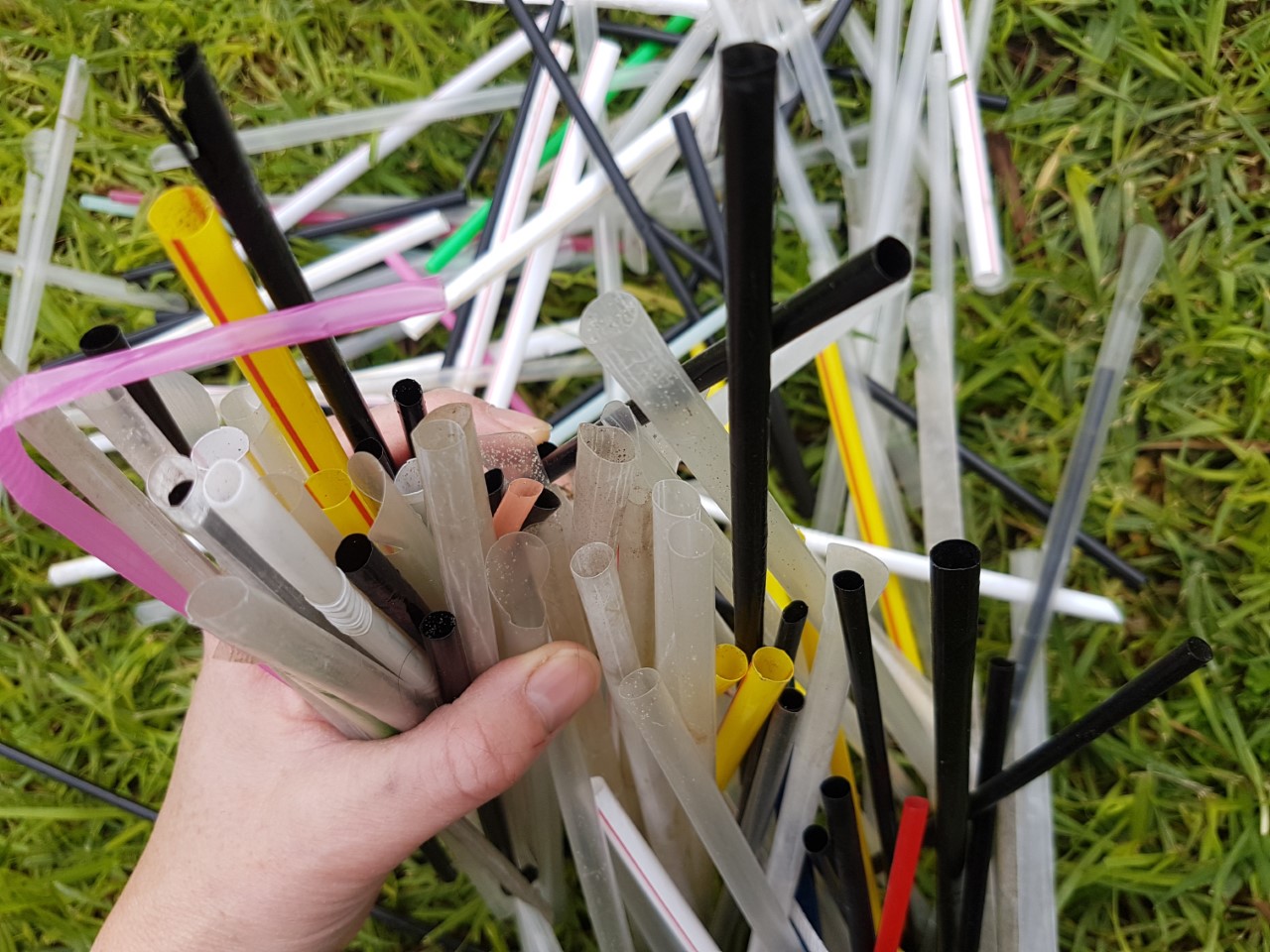
Step 3:
Look at the little booklet on waste collection your local council provides, or check out your local councils website as they have all the info you’ll need to make sure you’re recycling and using your three bins correctly. It is actually AMAZING and it’s important to remember that each council has different rules so make sure you check out what suits your local area.
Put this little booklet somewhere handy for easy reference (we have ours on the fridge now).
Step 4:
Organise your waste collection (Hello Ikea!). How many bins do you need? We have a small bin for green waste (any food scraps- and snotty tissues!). Did you know that over 40% of your waste could be put in your green bin!
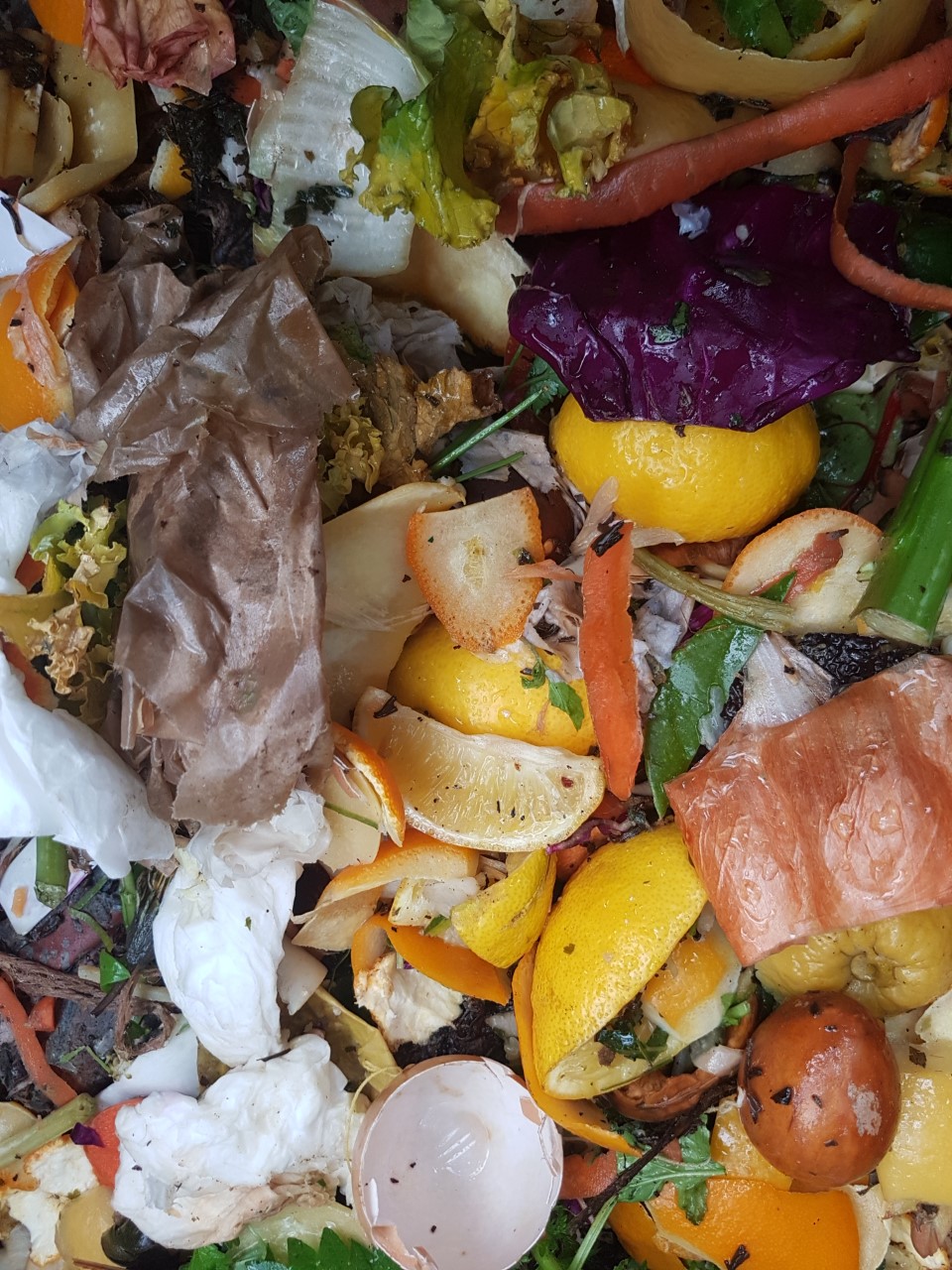
We also have three larger bins. One for 10c recyclables, one for general waste and one for recycling. We also have an old plastic cup under the sink for foil. We roll the foil into a fist-sized ball before putting it into the recycling bin. This is a new thing for us! A great tip from Emma. Organising the bins was a really great way to make it super easy to distribute the waste. We are going to change our 10c bin to a soft plastics bin soon as we have only had one thing in the 10c bin all month! By changing it to soft plastics, it will move me onto my next goal of taking the soft plastics to the “REDcycle bin” at the local supermarket or council. Check your little booklet on the fridge to find out more on this!
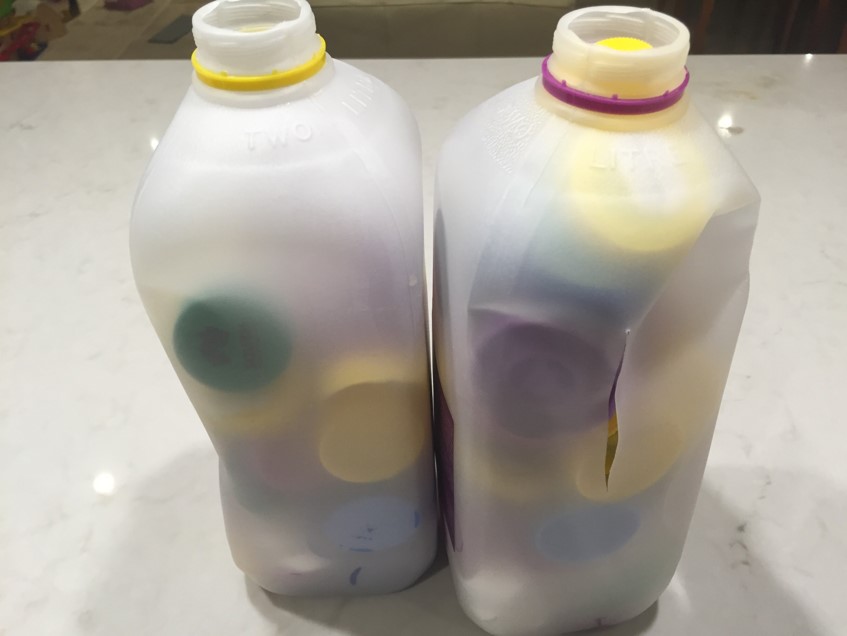
Did you know that in some councils placing small bits of hard plastic, such as bread tags or lids inside a milk container is encouraged? This helps the sorting process at the end.
Step 5:
Once your bins are organised, sort out your shopping too. Think about how you can minimise packaging and single-use plastics when you’re shopping. Are you going to shop at the same supermarket for everything, or can you go to separate places to locate the items you need. For us, with three children under 4, it is unlikely we’ll go to more than one location to do our shopping. But Emma has inspired me to do a bulk food “pantry” shop once every 6 weeks or so and I’m looking forward to having a go at this and seeing how it works for us. At this stage though, I’m minimising my plastic use at the supermarket by…
- Using reusable calico bags
- Taking Tupperware containers for meat to be put in (either from the butcher or deli section)
- Deliberately avoiding plastic-packaged fruit and vegetable
- Cutting down on really overpacked snack foods and single serve snacks
- Buying bread in a paper bag (you might have to go to the baker for this)
- Using a product such as Onya bags to place your fruit and vegetables in
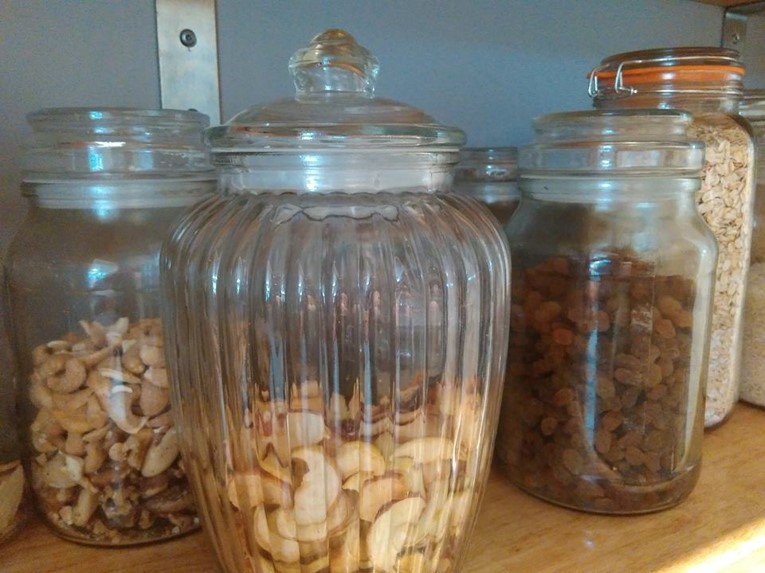
Step 6:
Next, educate the family. We got our children to help make labels for each bin and spent the first few days reminding them which items went in which bin- and now they remind us! Having labels has helped make it easy for times when we have guests over too.
Step 7:
If you’re feeling keen, register for Plastic Free July. It only takes 5 seconds to do so, and you’ll get some great inspiration and tips to help you. You can pick the level that suits you and use it to kick start your families own war on waste.
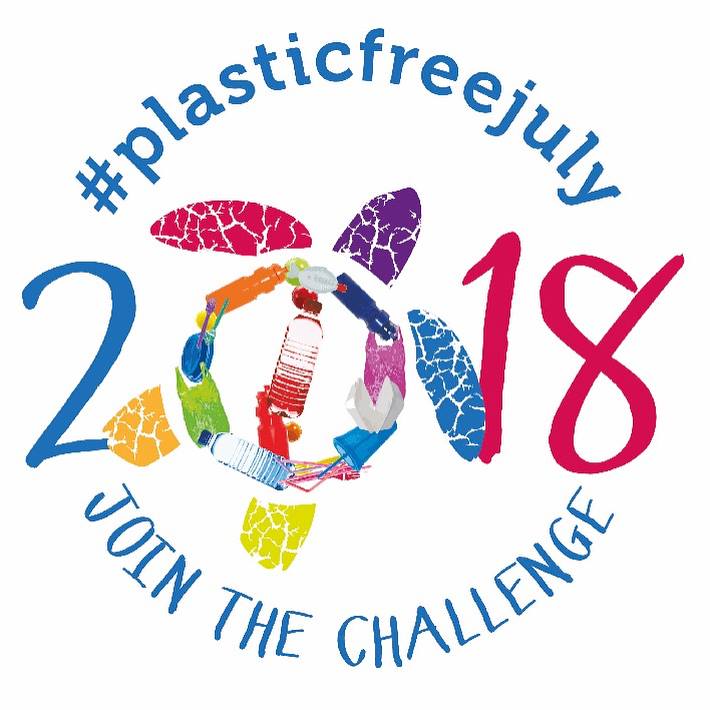
Step 8:
At the end of July, or a month after you begin your plastic-free resolve, work out what did and didn’t work for you. Talk to your family about what things you think you can continue easily, what you can continue with more effort, and what might not work for your family at this point. Be realistic. Remember, it’s best not to set yourself up to fail!
If you’re keen to try to challenge yourself even more you could…
- Continue ‘Plastic-free July’ into the future
- Decide not to buy plastic gifts (eg. toys) for others
- Begin to reduce your recyclable waste too
- Embrace the ‘Refuse’ or ‘Reuse’ slogans, perhaps trying to reduce the amount of other stuff you buy, and source things you need second hand where possible. Emma and her family have challenged themselves to not buy anything new for a whole year (not food of course, but clothing, toys, homewares) and 6 months in have mostly found it really easy. Check out Gumtree, Ebay, Goodwill shops for all you need! Maybe see if you could go for a month without any shopping?
Step 9:
Spread the word!
Thanks Emma for all of the tips! We are well on the way to reducing our environmental footprint and are inspired to continue to do more!
- Keep your eye on www.asimpleshift.com.au for more great tips from Emma!







